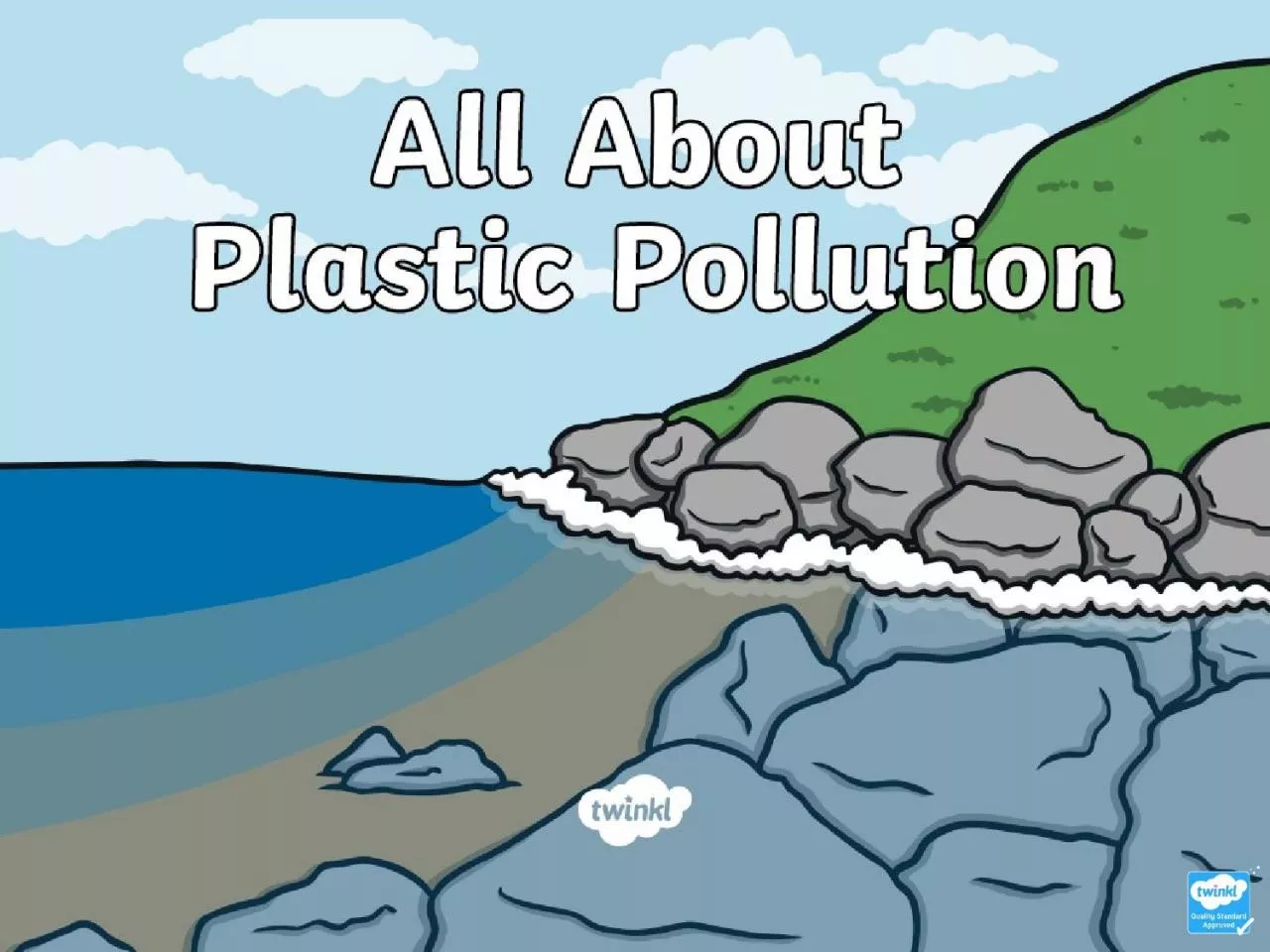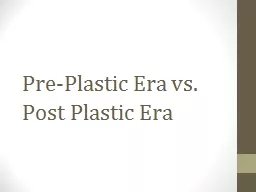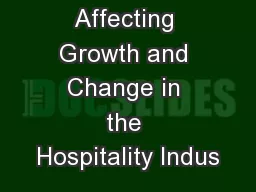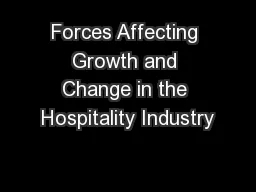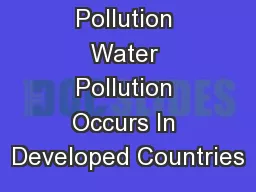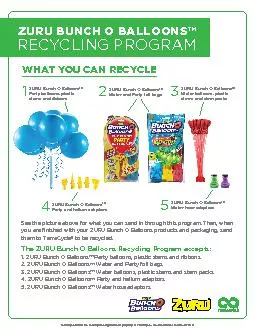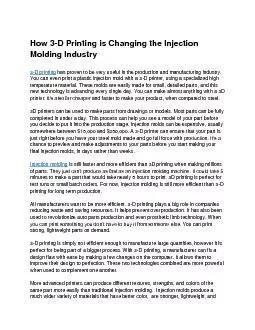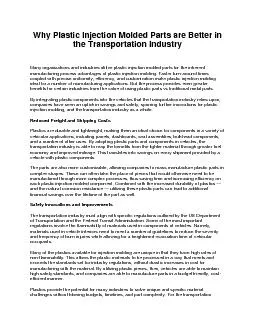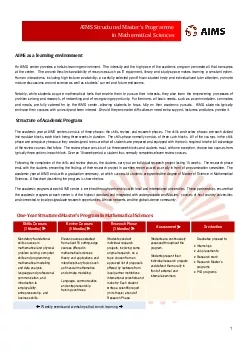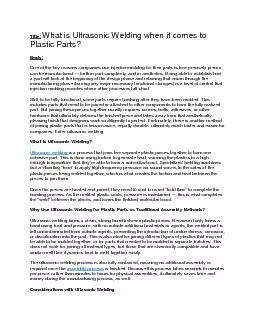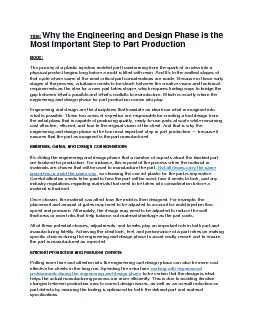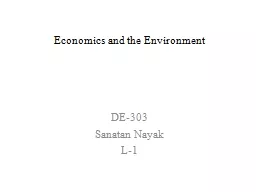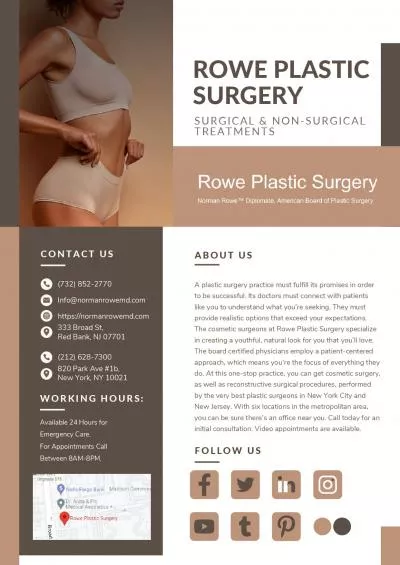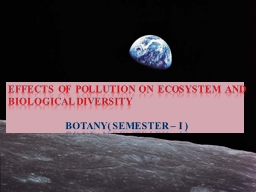PPT-Aims To understand how plastic pollution is affecting our environment.
Author : hailey | Published Date : 2023-09-23
To know what to do to help Today We Will Ask What Is Plastic How Can I Recycle What Happens to Plastic Rubbish Why is Plastic Harmful What is a Landfill Site What
Presentation Embed Code
Download Presentation
Download Presentation The PPT/PDF document "Aims To understand how plastic pollution..." is the property of its rightful owner. Permission is granted to download and print the materials on this website for personal, non-commercial use only, and to display it on your personal computer provided you do not modify the materials and that you retain all copyright notices contained in the materials. By downloading content from our website, you accept the terms of this agreement.
Aims To understand how plastic pollution is affecting our environment.: Transcript
Download Rules Of Document
"Aims To understand how plastic pollution is affecting our environment."The content belongs to its owner. You may download and print it for personal use, without modification, and keep all copyright notices. By downloading, you agree to these terms.
Related Documents

